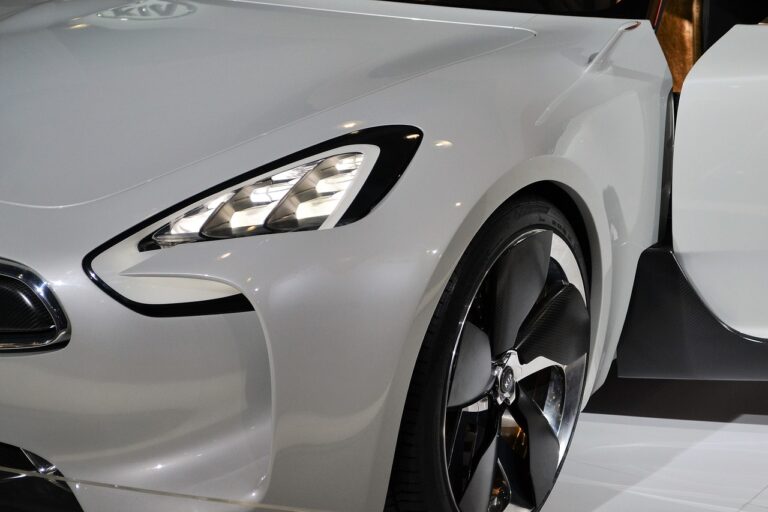The Influence of Environmental Regulations on Auto Design and Innovation
Modern auto designers often find themselves grappling with the challenge of balancing aesthetic appeal with environmental concerns. The push for more sustainable practices has led to the integration of eco-friendly materials and energy-efficient technologies in vehicle design. Manufacturers are now exploring lighter materials, such as aluminum and carbon fiber, to reduce weight and improve fuel efficiency, ultimately reducing the overall environmental impact of their vehicles.
In addition to material choices, advancements in engineering have also played a crucial role in minimizing the environmental footprint of automobiles. The introduction of hybrid and electric vehicles has revolutionized the industry, offering consumers a cleaner alternative to traditional internal combustion engines. These innovations have prompted designers to rethink traditional vehicle layouts and incorporate features like regenerative braking and aerodynamic enhancements to further enhance eco-friendliness.
Emission standards and their impact on innovation in the auto industry
Emission standards play a pivotal role in steering the trajectory of innovation within the auto industry. These regulations serve as a catalyst for engineers and designers to continually explore new technologies and advancements to meet the stringent requirements set by governing bodies. As automakers strive to adhere to these standards, they are compelled to invest in research and development to find creative solutions that reduce harmful emissions without compromising performance or efficiency. This pressure to meet regulatory standards often leads to breakthroughs in vehicle design and engineering, driving the industry towards more sustainable practices and cleaner mobility solutions.
Furthermore, the implementation of emission standards fosters a culture of continuous improvement within the auto industry. With benchmarks to meet and surpass, manufacturers are pushed to think beyond conventional methods and embrace innovative approaches to reduce emissions. This dynamic environment not only spurs ingenuity but also encourages collaboration within the industry as companies work together to exchange knowledge and best practices in achieving environmental goals. As a result, emission standards serve as a mechanism for propelling technological advancements in auto design, shaping the future of sustainable transportation.
The role of government regulations in shaping auto design
Government regulations play a significant role in influencing and shaping the design of automobiles. These regulations dictate the safety, emissions, and fuel efficiency standards that automakers must adhere to when designing and manufacturing vehicles. For instance, stringent emission standards have pushed automakers to develop more eco-friendly technologies like electric vehicles and hybrid systems to reduce pollution and greenhouse gas emissions.
Moreover, government regulations also impact the use of certain materials in auto design. For example, regulations on recycling and disposal of materials have led automakers to explore more sustainable and recyclable materials for use in their vehicles. This has not only helped in reducing the environmental impact of manufacturing processes but has also influenced the overall design and aesthetics of modern automobiles.





